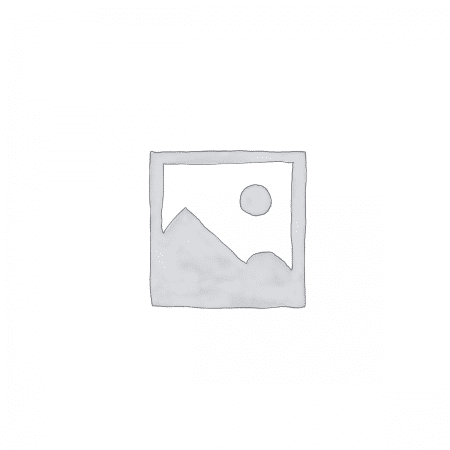Description
Biophotonics describes the use of photonics in biomedical applications. There are several key areas that are associated with biophotonics. All of these center on microscopy and related technology. The reason that this is so is that biophotonics look at biological functions at the cellular level, or even smaller. The only way that these processes can be observed is via one or another form of microscopy.
Among the different types of microscopy and associated technologies essential to the applications of biophotonics are:
Among the different types of microscopy and associated technologies essential to the applications of biophotonics are:
- Optical Sectioning Microscopy
- Differential Interference Contrasting Imaging (Nomarski Imaging)
- Laser Scanning Confocal Imaging
- Parallel Beam Confocal Imaging Systems
- Multiple-Photon Excitation Fluorescence Microscopy
- Computational Optical Sectioning Microscopy
- Photon Limited Microscopy
- Charge Coupled Detectors (CCDs)
- Avalanche photodiodes (APDs)
- Photomultipliers (PMTs)
- Fluorescent Probes
- Fluorescent Lifetime Imaging
- Caged Bioactive Probes
- Several Non-Imaging Optical Techniques
Photonics has been a reality in non-life-sciences (e.g., electronics, materials sciences, weaponry, etc.) field for a long time now. It has been of great value in many industrial applications and even to the point of use in strategic surveillance. Now that it has been pointed toward the life-sciences fields is had found a new, rapidly growing area of development.
Newer applications and associated technologies include:
- Microgenomics
- Maldi-ToF Mass Spectrometry
- Solid-State Lasers
- Raman Spectroscopy
- Cytometry
- Plasmon Resonance
- CARS Microscopy
- Quantum Dots
- Microwave Technology
- Förster Resonance Energy Transfer (FRET)
- Protein Microarrays
- Microlenses
- Atomic Force Microscopy
- Whirling Fiber Endoscopy
- Adaptive Optics
- Nanowires
- Aptamers
Scope and Methodology
This report, now in its 2nd edition, focuses on the technology of biophotonics, its applications to biomedical research, its potential for clinical applications, and the progress that is being made in these fields. The major market effects of new biophotonics technology, with the potential of a breakthrough finding always a possibility, are expected to be seen over the next ten years in the biomedical research field—including pharmaceutical development. The technology trends selected in conjunction with the growing interest in biophotonics present the most informative picture of advances in this technology and in the markets that result.
This report covers biophotonics in a broad sense. It does not go into the detail of the individual products in the marketplace, either systems or components. The ability to do so is limited by several factors, including cross-applications of components, among which it is not possible to discriminate in the marketplace, and the mix of systems and components needed to provide complete biophotonic instruments—many of which are designed and constructed in individual laboratories. It does discuss, however, the impacts that various advanced technologies are having on biophotonics markets as a whole. In general it is the growth of related technologies used in the marketplace that have advanced the concept of photonics and, as we are concerned, biophotonics to the level of achievement it has reached today. Indeed, advanced biophotonics technology and applications will replace many of the existing products used in biomedical research, clinical diagnostics and imaging today. In an era of cost-containment and managed care, however, the market value may be limited somewhat by existing standards.
Market analysis in this report, with regard to projections, considers the biophotonics markets globally and in the United States. By way of comparison, the global markets for all optoelectronics products and for optoelectronic sensors (some of which are used in biophotonics) are provided. This report does not consider individual products or product groups within biophotonics because there simply is not enough definition in the market to do so. Again, some mention is made of the global markets for overall optoelectronics (photonics) and its related optoelectronic sensors, but the specific market dynamics of those markets are not considered in detail. The focus of this report is on the biophotonics technologies and those technologies with the potential to provide first-line market entrants.
The analysis presented in this report is based on data from a combination of company, government, industry, institutional and private sources. It includes information from extensive literature reviews and discussions with experts in the field, including electronics engineers, researchers, experts in materials science, and business development managers and marketing managers.



